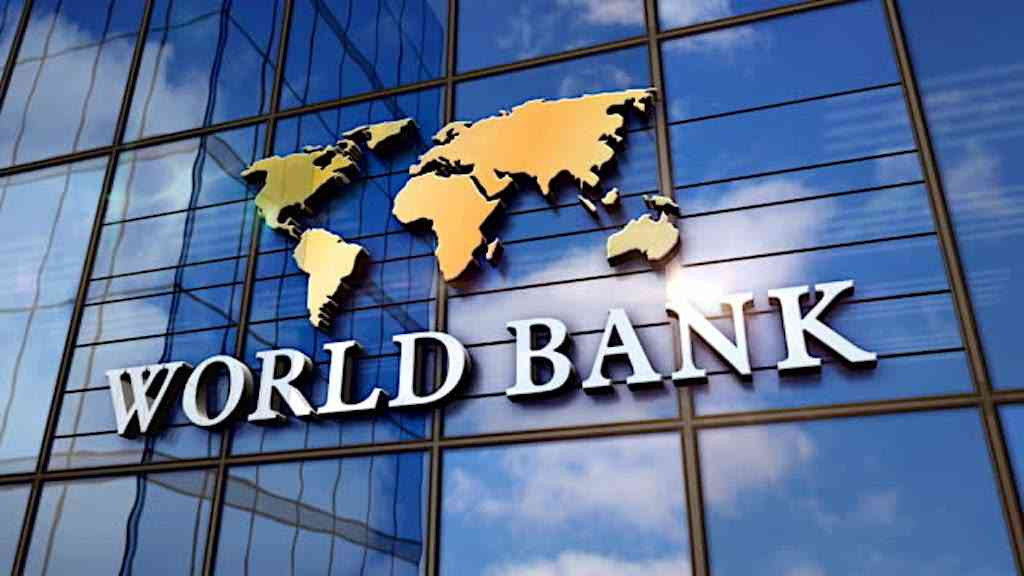
The World Bank's latest projection of a 6,2% economic growth for Zimbabwe in 2025 presents an optimistic outlook, but this forecast must be examined within the broader context of regional dynamics and global economic forces.
This significant jump from the sluggish 2% growth in 2024 raises both hopes and questions about the sustainability and foundations of such a recovery. This ambitious forecast, while promising, demands rigorous scrutiny within the context of global economic dynamics, regional interdependence and domestic structural challenges.
Zimbabwe's emergence from its most severe drought in four decades has left deep scars on productivity and rural livelihoods. Finance minister Mthuli Ncube's statement about reassessing the 6% growth target reflects more than just cautious optimism; it underscores the fundamental vulnerability of an economy heavily dependent on rainfall patterns. The anticipated 12,5% agricultural growth in 2025 appears increasingly uncertain given the delayed onset of rains, potentially forcing a recalibration of growth projections and highlighting the urgent need for comprehensive irrigation infrastructure and climate-resilient farming techniques.
Regional economic performance presents a complex picture of recovery and stagnation. South Africa's projected 1,8% growth for 2025, following a mere 0,8% in 2024, reveals the structural challenges facing the region's largest economy.
The ripple effects of South Africa's economic performance significantly impact Zimbabwe through trade, investment and remittance flows. Meanwhile, Zambia's projected 6,2% growth and Tanzania's 5,8% forecast for 2025 demonstrate more robust recovery trajectories, potentially offering key lessons in economic diversification and policy reform.
The China factor looms large over Sub-Saharan Africa's economic prospects. The World Bank's warning about potential Chinese growth deceleration carries particular significance for commodity-dependent economies like Zimbabwe. Historical data shows that even minor fluctuations in Chinese demand can trigger substantial volatility in commodity prices, affecting everything from mining revenue to foreign exchange earnings.
The potential reduction in Chinese investment in Sub-Saharan Africa could further constrain infrastructural development and industrial capacity expansion.
Zimbabwe's monetary policy and currency stability remain critical concerns. The country's historical struggles with hyperinflation and currency depreciation have left deep-seated challenges in maintaining price stability and building investor confidence. The success of the projected growth heavily depends on the government's ability to maintain monetary discipline while ensuring sufficient liquidity for economic expansion.
- Mavhunga puts DeMbare into Chibuku quarterfinals
- Bulls to charge into Zimbabwe gold stocks
- Ndiraya concerned as goals dry up
- Letters: How solar power is transforming African farms
Keep Reading
The role of regional integration through the African Continental Free Trade Area presents both opportunities and challenges. While increased intra-African trade could provide new markets and investment opportunities, Zimbabwe's ability to compete effectively within this framework requires significant improvements in productive capacity, infrastructure and business environment.
The experiences of neighbouring countries like Botswana, with its expected 5,3% growth in 2025, offer key insights into managing resource-dependent economies while maintaining fiscal discipline.
Infrastructural development remains a critical bottleneck. The country's power generation capacity, transportation networks and digital infrastructure require substantial investment to support the projected growth.
The World Bank estimates that Sub-Saharan Africa needs annual infrastructural investment of approximately US$93 billion to support sustainable growth, with Zimbabwe's share requiring careful prioritisation and innovative financing solutions. capital development presents another crucial challenge. Zimbabwe's historically strong educational system has faced significant strain, potentially limiting the workforce's ability to drive and sustain economic growth. Investment in technical and vocational training, aligned with emerging economic opportunities, will be crucial for translating growth into broad-based development.
Environmental sustainability and climate resilience must be central to growth strategies. The recent drought experience demonstrates the need for comprehensive climate adaptation strategies, including watershed management, sustainable agricultural practices and renewable energy development. These investments, while costly in the short term, are essential for long-term economic stability.
The informal sector, which comprises a significant portion of Zimbabwe's economy, requires careful attention in growth strategies. Formalising and supporting this sector through targeted policies and access to finance could unlock significant growth potential while improving tax revenues and social protection. Private sector development remains crucial for sustainable growth. The success of the projected 6,2% growth heavily depends on creating an enabling environment for business, including policy predictability, reduced bureaucratic barriers and improved access to finance. The experiences of countries like Mauritius and Rwanda in business environment reforms offer significant lessons.
Ultimately, the path to achieving and sustaining 6,2% growth in 2025 requires a delicate balance of short-term stabilisation measures and long-term structural reforms. Success will depend not only on domestic policy choices but also on regional co-operation, global economic conditions and the ability to build resilience against external shocks.
- Lawrence Makamanzi is a researcher who writes here in his personal capacity. He is reachable at his email address [email protected] or 0784318605.










